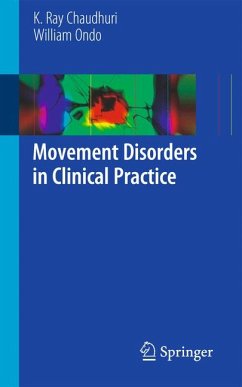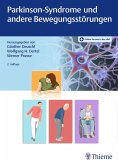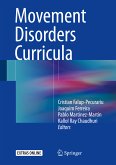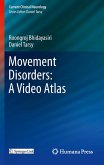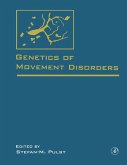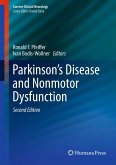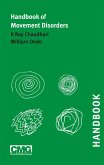Movement Disorders in Clinical Practice provides a concise, practical overview of the diagnosis, treatment and management of patients with these debilitating conditions, including a brief evaluation of ongoing clinical trials. Edited by two key international movement disorder experts, chapters cover:
- Parkinson's disease
- Parkinsonian syndromes
- Dystonia
- Tremor
- Restless legs syndrome
- An overview of other movement disorders
Dieser Download kann aus rechtlichen Gründen nur mit Rechnungsadresse in A, B, BG, CY, CZ, D, DK, EW, E, FIN, F, GR, HR, H, IRL, I, LT, L, LR, M, NL, PL, P, R, S, SLO, SK ausgeliefert werden.

